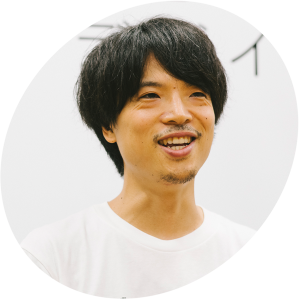SIW2023「NOVUS FUTURE DESIGN AWARD」で 最優秀賞を受賞した論文をポップカルチャー化するクリエイティブレーベル「Academimic」。SIW2024でのコンテンツ展示を前に、「Academimic」の活動に込めた想いや、これからの展望のお話を、Academimic主宰の浅井順也さんに伺いました。
取材・文:山羽真梨那(渋谷未来デザイン)
学術論文をポップカルチャー化し作品に
ーまずは、SIW2023のアワードでグランプリを受賞されましたが、「Academimic」とは何か教えてください。
浅井 簡単に言うと、研究を作品化するクリエイティブレーベルです。通常、論文や学会発表は一部の人しか見ることがないですが、そこには様々な想いや感情もあります。研究者だけでなくとも、研究に触れて感じた想像をクリエイターと協力して、多くの人と楽しめるような作品を作っています。
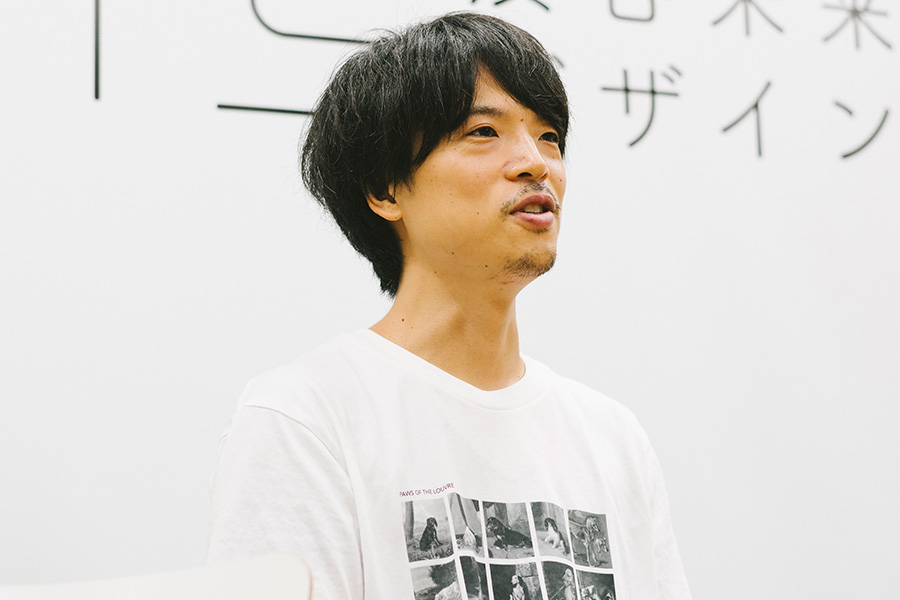
ーこれまでどんな作品を作られてきましたか?
浅井 分かりやすい例だと、2022年に発表されたラットの研究をテーマにしたインスト曲です。人が音楽を聞くと体が揺れることがありますが、ラットも同じ反応をするんです。異なる種であるラットが人と同じ、音楽という基盤を有しているかもしれないということがとても不思議に思ったんです。それを一つの音楽で体験できたら面白いなと思い、論文の中で紹介されているラットの体が動きやすいBPMで楽曲を作り、ビジュアル的にもとっつきやすいようにイラストも加えました。論文を平面的なテキストから体験ができる作品を作りました。
ー面白いですね!そういった研究や論文はどうやって見つけてくるんですか?また、クリエイターの方はどうやって選ばれているのですか?
浅井 こちらから研究者にアプローチすることもあれば、研究者の方から「このテーマを作品化できないか」とお声がけいただくこともあります。クリエイターの方も一緒に何かを作りたいとコラボレーションのご提案をいただくことが増えてきていますね。クリエイターごとに作風があるので、考えながら一緒に作品を作っています。
研究の「面白さ」を残したい
ーAcademimicの立ち上げのきっかけや、いつ頃から構想があったのか教えていただけますか?
浅井 大学時代から、いつかやりたいなと思っていました。でも、自分には無理かなと感じていて、誰かがやるだろうと思っていました。大学時代に研究発表を通して表現の面白さを知り、その後、広告代理店でディレクションを経験したりクリエイターとの繋がりを得たことで、「自分でもできるかも」と思い始めたんです。それで2年前、渋谷から立ち上げました。
ー学生時代はどんな研究をされていたんですか?
浅井 魚の研究です。魚が鏡を見て自分だと認識できるかどうかを調べていました。実は魚は自分を認識できるのではないかという結果が得られたんです。不思議ですよね。
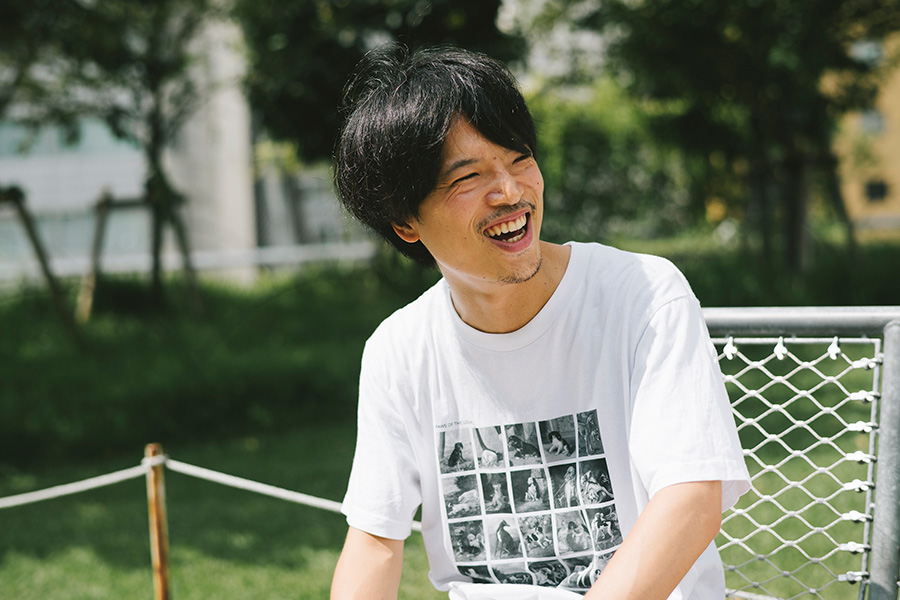
ーもしかしたら水槽の魚も自分を認識しているかもしれないですね。面白い研究ですね。
浅井 そうなんです。知識としてだけでなくこうした面白さや不思議さ、いわゆる「センス・オブ・ワンダー」をもっと多くの人に感じてもらいたいと思って、Academimicを立ち上げました。
研究している時に感じる、世界が広がっていく高揚感やイメージは記録に残らないんですよね。それを何か形にできないかとずっと考えていました。
ークリエイターの方に感情的な部分を形にしてもらうのは難しいと思いますが、どのように作品を作られていますか?
浅井 「こういう研究があるんですけど」とクリエイターに研究を紹介して、興味を持ってもらうところから始めます。クリエイターは「センス・オブ・ワンダー」を面白がってくれる方が多く、そのフィーリングを大事にしています。研究の正確さをある程度担保しつつ、そこからいかにクリエイティブジャンプができるかが難しくもあり一番ワクワクするポイントです。
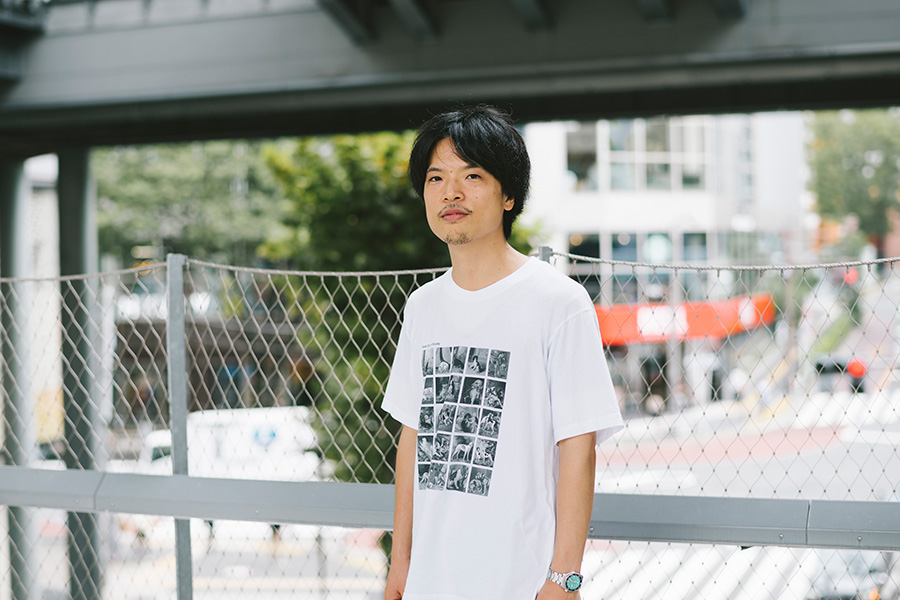
渋谷でのイマーシブな体験から、研究や論文を知ってもらいたい
ー今は会社も設立されましたが、今後の展望について教えてください。
浅井 やはり研究をベースにしている以上、作品を通してその魅力を伝えつつ、研究に繋がる体験を提供できたら素晴らしいと思っています。それが、私が渋谷で活動している理由です。渋谷はカルチャーの街で、新しいものを受け入れる土壌がある。そんな人々に作品としてしっかり届け、『これ、研究をもとにしてるのか』と知ってもらえるような流れを作りたいです。
最近はイマーシブ(没入型)な体験が流行していますが、フィクションとノンフィクションの繋がりが面白いと思うんです。論文はノンフィクションの側にありますが、それをエンターテイメントとして感じられる方法を模索しています。
多くのエンタメ作品は誰かの思想に基づいて作られますが、その背景に論文や研究といった世界の根幹に関わる情報があるとしたら、没入感がさらに増すんです。今後たくさん作品を作って、このイマ―シブ感を皆さんと共有できる日が来るのを楽しみにしています。
ーとても楽しみですね。SIWでもいくつかコンテンツが展示される予定ですが、コンセプトやテーマについて教えていただけますか?
浅井 今回は『渋谷にどう溶け込ませるか』を大事にしています。以前、宮下パークで他の展示を見て、異分野のものが渋谷に溶け込むとすごくかっこよくなると感じました。その感覚を、論文と結びつけながら調整していくのは難しいですが、今回SIWでの展示で挑戦しています。
教科書的なグラフィックや、前衛的な作品になってしまうと、見る人のハードルが高くなってしまいますが、いろんなポップさが混在する渋谷の街に溶け込む作品にして、見る人が「なんかいいじゃん」と立ち止まってしまうようなものにしたいですね。
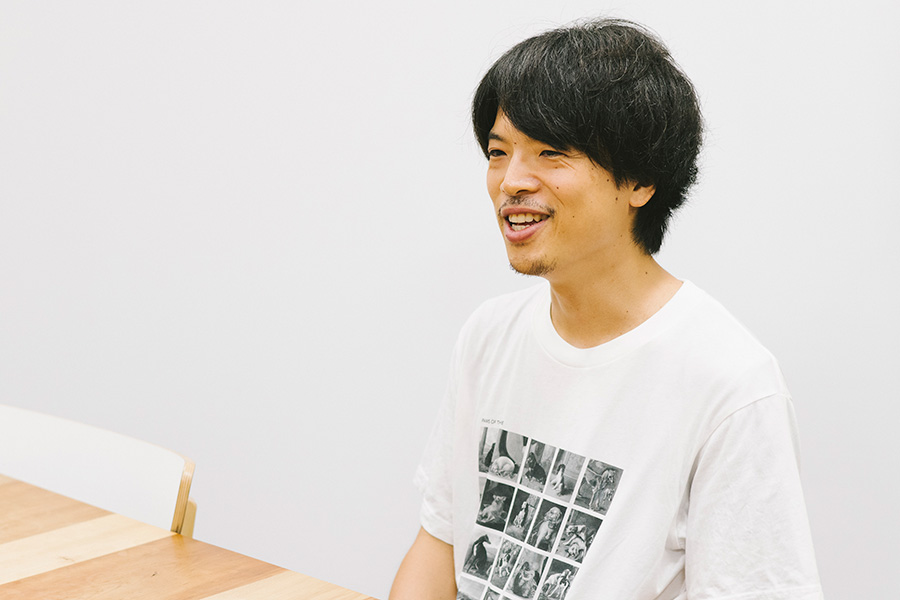
ーSIWに来る多くの方々には、どのように楽しんでほしいと考えていますか?
浅井 今回は、まず『感じてもらう』ことが一番大事だと思っています。その感覚の先に、実は壮大な論文の世界が広がっているんだと知ってもらえたら嬉しいです。例えば、普段使っている技術や知識の多くは、科学研究に基づいているんですが、その原典を意識することは少ないですよね。GPS技術も、実はアインシュタインの相対性理論が関わっているんです。でも、そんなことを普段は感じることはないですよね。普段の生活の先に研究があることを感じてもらえたらと思っています。
ー最後に、この記事を読んでいる方に向けたメッセージをお願いします。
浅井 今回SIWでは、「ミューオン」という素粒子にインスパイアされた作品を3作品提出します。ミューオンってすごく小さい粒子なんですけど、実は私たちの手のひらにも1秒に1つ通り抜けていっている身近なものなんです。ミューオンは火山の内部構造の測定にも使われていて、この技術をテーマに、ボカロPや小説家、イラストレーターの方と作品化を進めています。
ミューオンを使ってダークマターを検出する研究も進んでいて、ダークマターは理論上、宇宙に大量にあると言われているのに、まだ観測されていないんですよ。ミューオンを衝突させることで、その存在のヒントが得られるかもしれないという話を聞いた時、すごく感動しました。
ダークマターって、見えないし、触れないし、干渉もできない。でも、理論上あると言われている。それを追い続けている研究者とお話しする中で『もしかしたら自分の生きている間に発見できないかもしれないけれど、こんなにやりがいのあることはない』という話を聞いてただただかっこいいなと思いました。その感動を作品にして、先日発表したところです。なので、SIWでは研究対象だけじゃなくて、研究者の気持ちやモチベーションも伝わるような展示にしたいなと思っています。会期中はバーチャル宮下公園にてミューオンが降り注ぐ演出もあるので、その中でこれらの作品をぜひ見ていただけたら嬉しいです。
ー楽しみです!ありがとうございました。
NOVUS FUTURE DESIGN AWARDから進化した、アワードSIW IMPACTの概要はこちらから
より良い未来につながる<アクション>や<アイデア>を表彰するアワード 「SIW IMPACT」 。新たな文化やムーブメントへのきっかけづくりを応援します。
エントリー期間:2024年9月4日(水)-10月13日(日)



